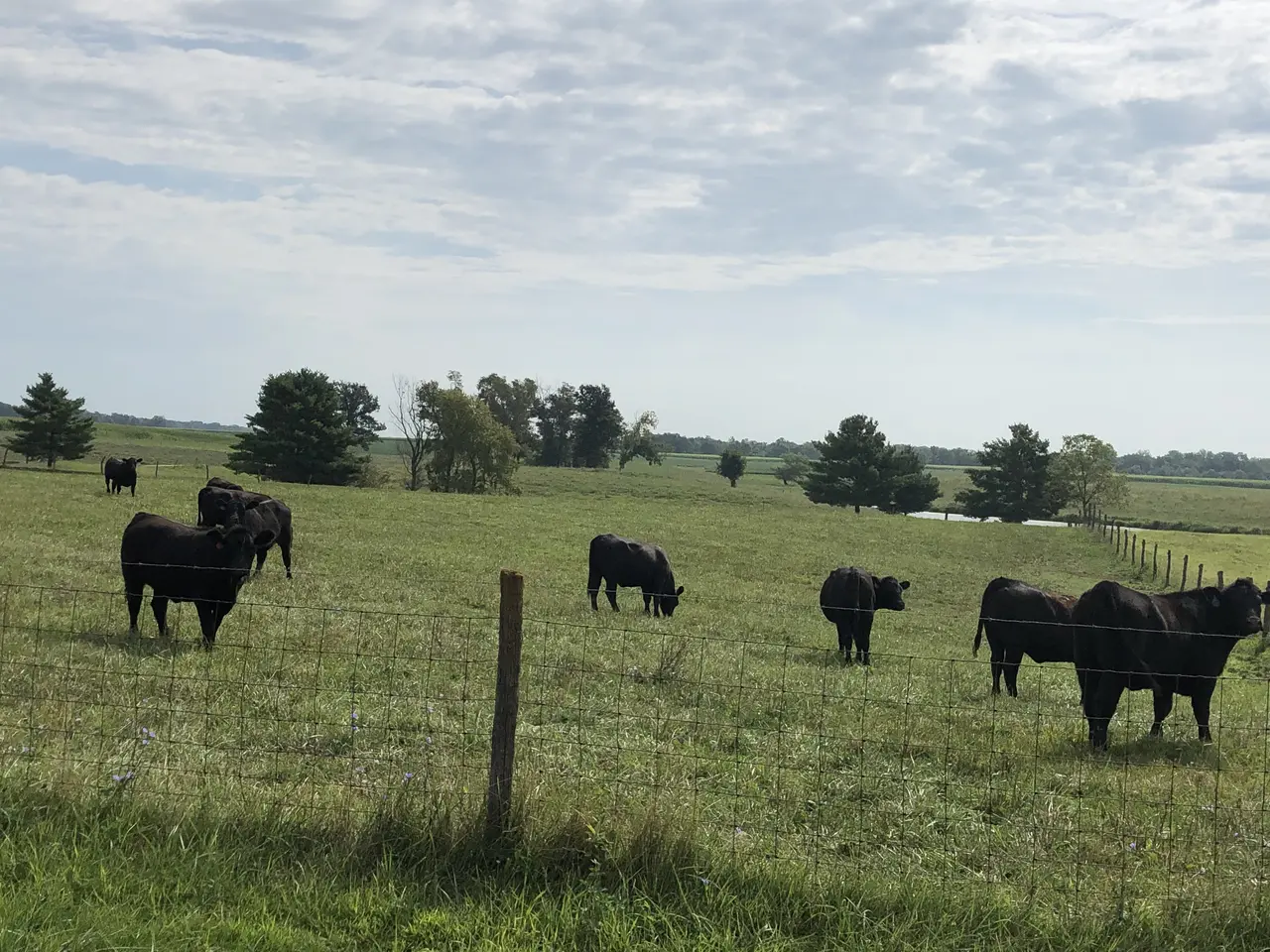Thinking about purchasing local beef? Let's explore key factors to consider when making your selection!

Understanding Local Beef
Local beef refers to beef sourced from nearby farms or ranches within a specific region, often promoting a farm-to-table approach. Purchasing local beef helps reduce the carbon footprint associated with transportation and supports local farmers and businesses.
One key aspect of local beef is the transparency it offers regarding the rearing and processing of the cattle. By buying local, consumers can forge a connection with the farmers, understanding their practices and ensuring the quality and safety of the meat they consume.
In some areas, there may be a scarcity of local beef producers, making it challenging to source locally. In such cases, it's perfectly acceptable to look outside your immediate area to find high-quality beef options. Ultimately, the goal is to prioritize the sustainability and welfare of the animals while also supporting local producers whenever possible.
When you choose local beef, you are investing in the local economy, fostering sustainable agricultural practices, and promoting animal welfare. These factors contribute to a more responsible and ethical way of enjoying meat products.
The flavor profile of local beef often reflects the varied diets of the cattle, resulting in rich and distinct tastes. Knowing where your beef comes from adds a layer of trust and satisfaction to your culinary experiences.
Quality Indicators
When purchasing local beef, it's essential to look for key quality indicators that signify the freshness and nutritional value of the meat. Factors such as grading, which provides USDA oversight on marbling, color, and texture that play a crucial role in determining the overall quality of the beef.
Marbling, the distribution of fat within the muscle tissue, contributes to the tenderness and flavor of the beef. Look for fine, consistent marbling, as it enhances the juiciness and succulence of the meat when cooked.
The color of fresh local beef should be vibrant and red, indicating a healthy and well-aged product. Avoid meat that appears dull or brownish, as it may be a sign of improper storage or aging, affecting both taste and texture.
Texture is another important quality indicator to consider. High-quality local beef should feel firm to the touch, with a fine grain that promises a tender and enjoyable eating experience. Avoid meat that feels slimy or overly soft.
By paying attention to these quality indicators, you can ensure that you are selecting the best local beef available, guaranteeing a delicious and satisfying meal for yourself and your loved ones.
Checking Certifications
When buying local beef, it's beneficial to check for certifications that verify the authenticity and sustainability of the product. Look for labels, such as, BQA, Certified Angus Beef, sustainably raised and local.
Look for labels such as BQA (Beef Quality Assurance) that verify low stress cattle handling and overall bovine care standards are met.
The label indicates that the cattle were raised on a grass-based diet, which is not only healthier for the animals but also results in beef that is lower in saturated fats and higher in beneficial nutrients like omega-3 fatty acids.
Certifications such as 'certified humane' provide assurance that the animals were treated humanely throughout their lives, reflecting a commitment to ethical farming practices and the well-being of the livestock.
By prioritizing certified local beef, you can support responsible farming practices and enjoy meat products that align with your values of health, sustainability, and ethical consumption.
Making the Best Choice for Your Local Beef Purchase
Remember, choosing local beef not only supports your community but also ensures fresher and more sustainable meat options for you and your family. Enjoy the many benefits of local beef today!

